Art Polygon Horanggassinamu (호랑가시나무 아트폴리곤)
9.5Km 2025-02-04
22 Jejung-ro 47beon-gil, Nam-gu, Gwangju
Located in Yangnim-dong, Art Polygon Horanggasinamu is a multi-purpose cultural space that hosts various programs such as exhibitions, lectures, and performances. In 2021, it was used as one of the venues for the Gwangju Biennale. The space was created by preserving and expanding the original structure of a missionary's garage. Yangnim-dong is home to many modern historical cultural heritage sites and art galleries that connects the past and the present.
Hola Alpaca Café (올라알파카카페)
9.7Km 2024-02-20
477 Anyangsan-ro, Hwasun-eup, Hwasun-gun, Jeollanam-do
Hola Alpaca Café is a bakery café in Hwasun where visitors can see alpacas up close and experience feeding them. Its signature menu item is the Alpaca cube latte, where espresso cubes shaped like alpacas are melted into milk. The café offers a popular spot for enjoying beverages and desserts while overlooking the scenic views of Manyeonsan Mountain.
Olive Young - Gwangju Yongbong Branch [Tax Refund Shop] (올리브영 광주용봉지구)
9.8Km 2024-04-18
39, Yongbongtaekji-ro, Buk-gu, Gwangju
-
Gwangju Biennale Exhibition Hall (광주비엔날레전시관)
9.9Km 2023-11-28
111 Biennale-ro, Buk-gu, Gwangju
+82-62-608-4114
Since its establishment in 1994, the Gwangju Biennale Exhibition Hall has significantly contributed to Korea's art culture and the world through numerous exhibitions. It strives to give joy and motivation to many people and serves as a channel for Korean artists' forays into the world. Notably, the Biennale exhibition is not a one-time event, and various attempts are being made to make it a sustainable platform as it increases the regional value of Gwangju, the home of the Biennale.
In the era of COVID-19, online services are also provided to citizens who have difficulty visiting the site in person to experience the exhibition.
Gwangju Design Biennale (광주디자인비엔날레)
9.9Km 2025-07-11
111 Biennale-ro, Buk-gu, Gwangju
+82-62-531-7783
The Gwangju Design Biennale is the world’s first design biennale and currently Asia’s only design biennale. With exhibitions centered on the concept of design, the biennale combines the industrial aspect of design with cultural elements.
Gwangju KIA Champions Field (광주-기아 챔피언스 필드)
10.0Km 2025-08-06
10 Seorim-ro, Buk-gu, Gwangju
070-7686-8000
Gwangju KIA Champions Field is the first open-air stadium in the country and houses INC COFFEE, making it a must-visit attraction for baseball fans. The café offers spacious seating and various bakery items– with the baseball-shaped bread being the most popular. There is also a photo zone, allowing visitors to capture the memories of their trip. With a seating capacity of 20,500, tickets for the seats can be purchased online or on-site.
Cheongchun Balsan Village (청춘발산마을)
10.1Km 2025-10-24
12-16 Cheonbyeonjwa-ro, Seo-gu, Gwangju
Balsan Village is a representative neighborhood of Gwangju and is a prime example of how something amazing can come out of hardship. First settled by Korean war refugees, the small houses jam-packed on a hillside attracted young people looking for work in the 1970s and '80s, mainly females working in the garment factories nearby. Recently, the addition of colorful murals and public spaces has given the village a breath of new life.
Gwangju Museum of Art (광주시립미술관)
10.2Km 2022-09-02
52, Haseo-ro, Buk-gu, Gwangju
+82-62-613-7100
The Gwangju Museum of Art was founded on August 1, 1992, to promote local artists. In 1996, it served as the venue for the Gwangju Biennale. The museum holds over 560 works, including those from Heo Baekryeon, Oh Jiho, Yang Su-ah, and Im Jik-sun, all local artists. In addition to the permanent exhibitions, the museum also has special planned exhibitions and other cultural programs.
Jungoe Park (중외공원)
10.4Km 2021-10-25
52, Haseo-ro, Buk-gu, Gwangju
+82-62-613-7100
Jungoe Park is one of the nation's most famous leisure spaces. There is a children's grand park, the Olympic Garden, and the Olympic Monument. The children's grand park is especially popular on weekends and holidays.
There is also a folk museum, an education center, and the Biennale Exhibition Hall in the Biennale & Museum section of the park.
The park is most popular during fall for its beautiful foliage. In addition, the Rainbow Bridge is a symbol of the Biennale and was installed during the 1st Gwangju Biennale.
Gwangju Family Land (광주 패밀리랜드)
10.5Km 2025-01-10
677, Uchi-ro, Buk-gu, Gwangju
+82-62-607-8000
Gwangju Family Land is an amusement park equipped with dozens of exciting rides as well as recreational facilities such as a swimming pool, an ice rink, and a sledge park. Spanning 290 acres of land, it is the largest urban amusement park in all of Jeollabuk-do and Jeollanam-do Provinces. The amusement park also offers entertainment courses designed for couples, families and children.
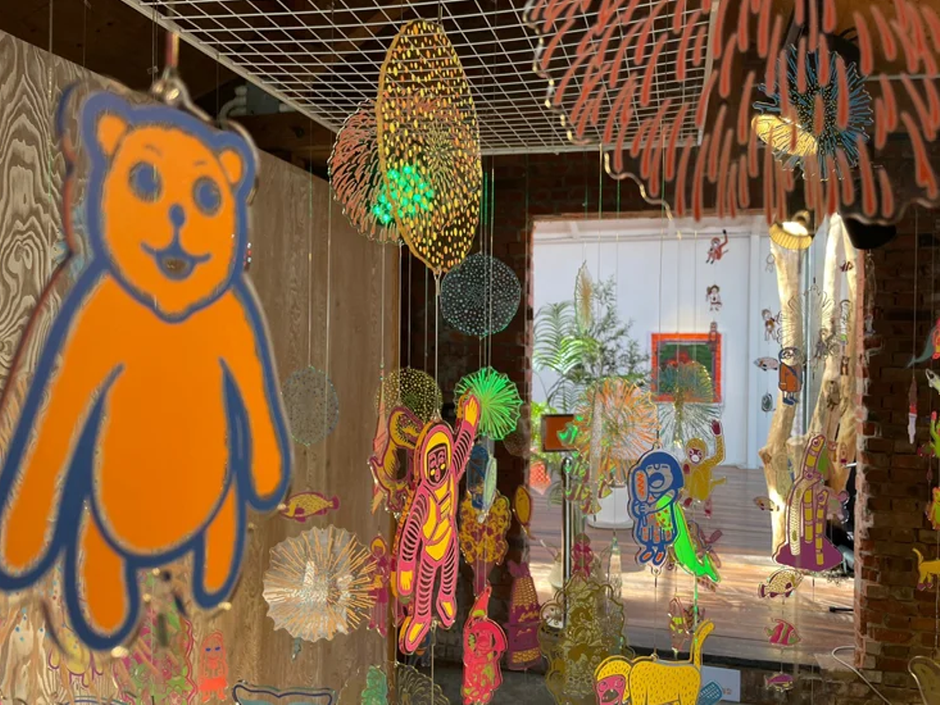
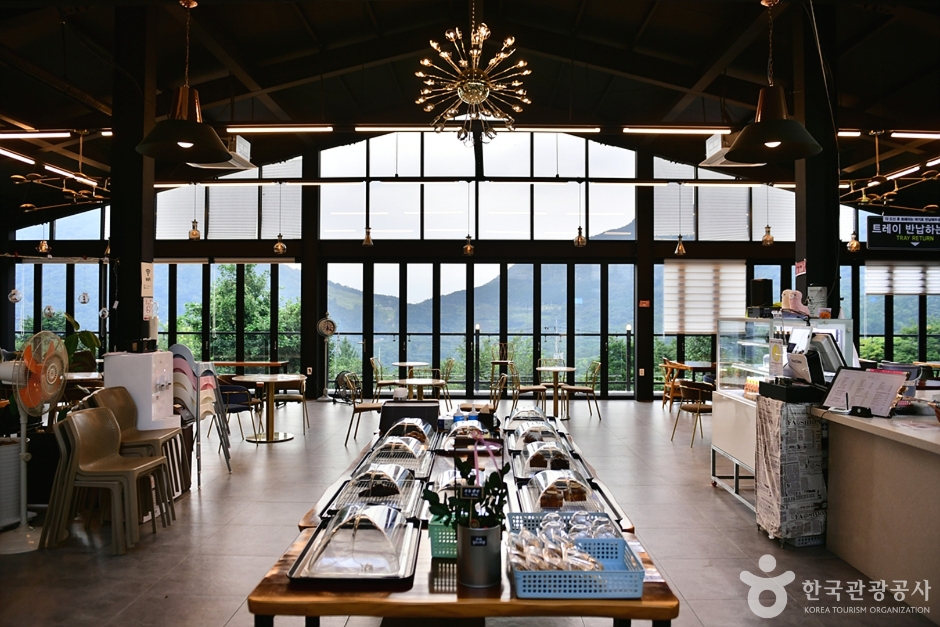
![Olive Young - Gwangju Yongbong Branch [Tax Refund Shop] (올리브영 광주용봉지구)](http://tong.visitkorea.or.kr/cms/resource/27/2886827_image2_1.jpg)
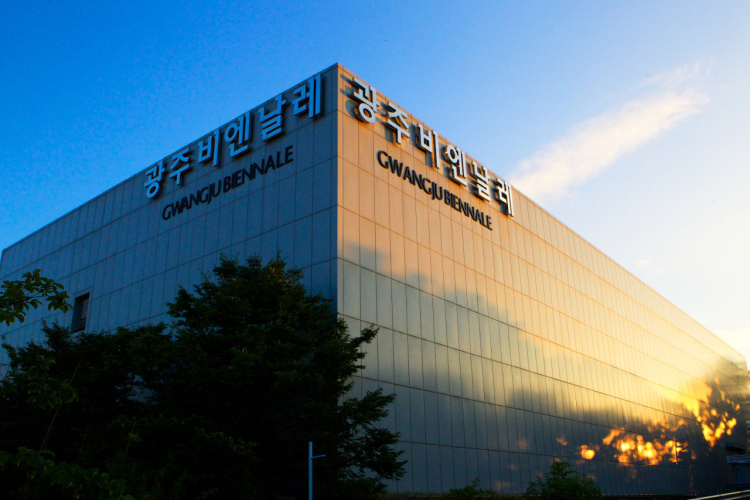
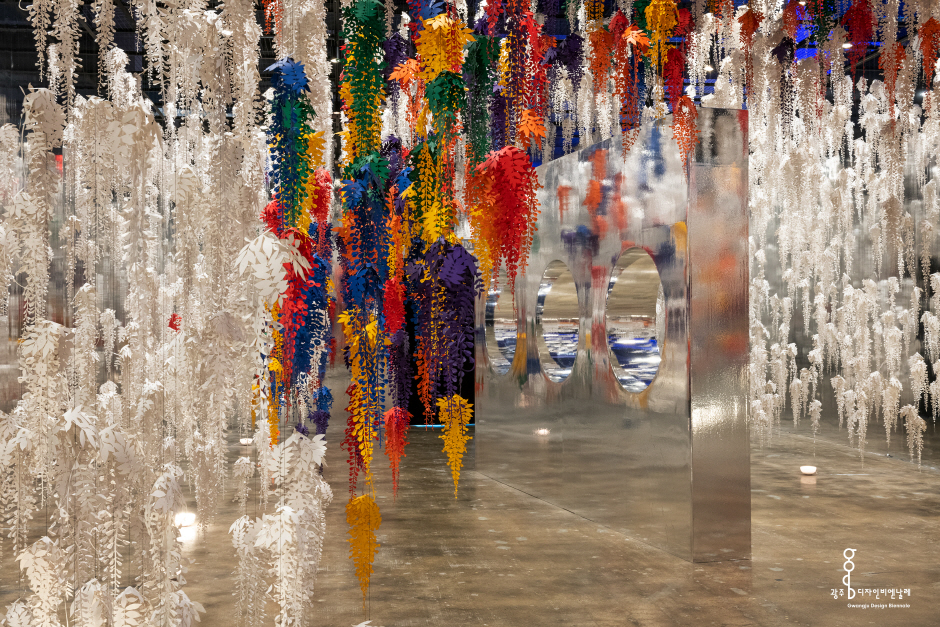

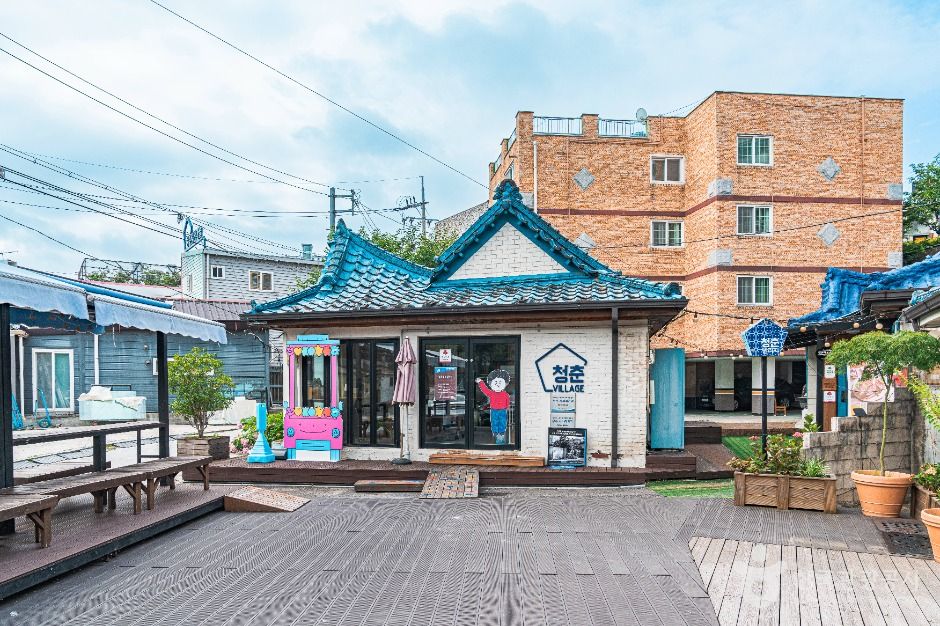
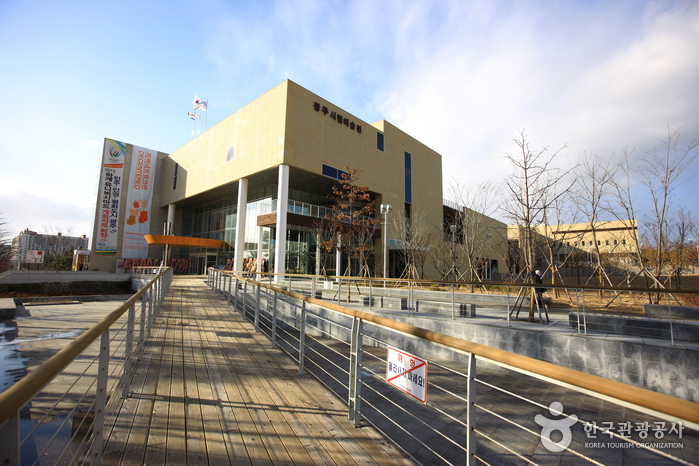
 English
English
 한국어
한국어 日本語
日本語 中文(简体)
中文(简体) Deutsch
Deutsch Français
Français Español
Español Русский
Русский